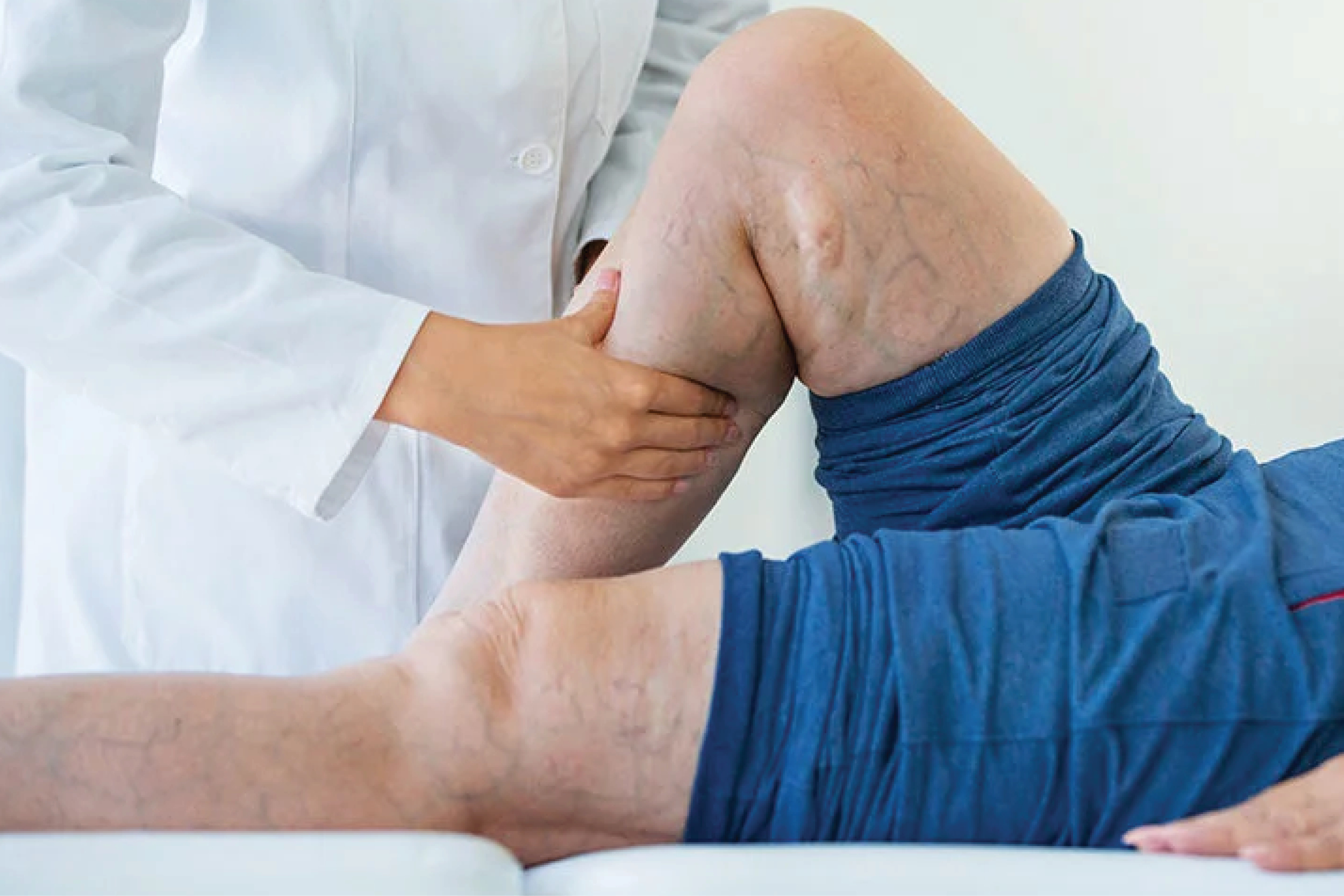Preventive measures for reducing the risk of DVT during cancer treatment
Cancer patients are at an increased risk of developing deep vein thrombosis (DVT), a condition in which blood clots form in deep veins, usually in the legs. DVT can be a life-threatening complication of cancer treatment, and it is important for patients to take preventive measures to reduce their risk. Here are some tips for reducing the risk of DVT during cancer treatment:
Stay active: Prolonged periods of inactivity can increase the risk of DVT. Therefore, stay as active as possible during treatment and incorporate gentle exercises like walking, stretching, or yoga.
Wear compression stockings: Compression stockings can help prevent blood clots by applying pressure to the legs, which helps the blood flow more efficiently. Cancer patients may be advised to wear compression stockings during treatment, especially if they are at high risk for DVT. Nowadays, a wide variety of adorable socks offer comfort throughout the day without causing any blood circulation issues or leaving unsightly marks on the calves.
Stay hydrated: Dehydration can increase the risk of DVT. Aim to drink plenty of fluids, especially water, to help maintain healthy blood flow.
Follow medication instructions: Certain medications used during cancer treatment, such as chemotherapy and hormone therapy, can increase the risk of DVT. Always follow your care team's instructions carefully and report any side effects or concerns.
Manage other risk factors: Cancer patients with other risk factors for DVT, such as a personal or family history of blood clots, obesity, or smoking, should work with their care team to manage these risk factors.
Discuss prophylactic medication with your care team: Depending on a patient's individual risk factors, their healthcare team may recommend prophylactic medication to reduce their risk of DVT during cancer treatment. These medications may include anticoagulants or antiplatelet drugs, which can help prevent blood clots from forming.
You can take preventive measures to reduce the risk of DVT during treatment. For example, stay active, wear compression stockings, stay hydrated, take breaks during travel, follow medication instructions, manage other risk factors, and discuss prophylactic medication with your care team, who can provide individualized guidance and support.


